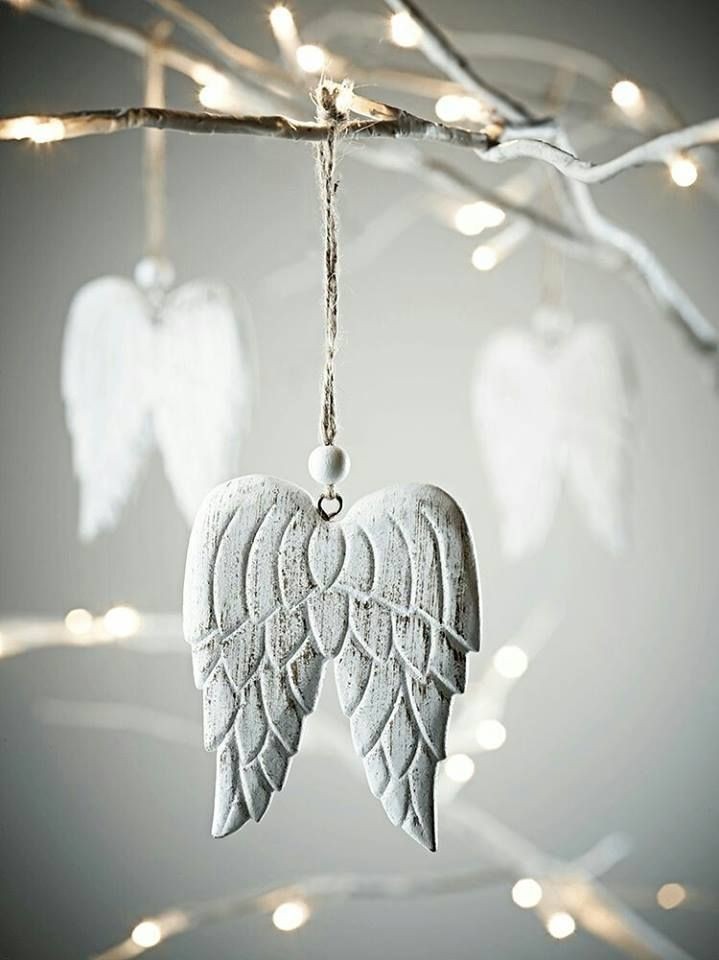The Art of Mindfulness: Handwriting as a Meditative Practice...
- Koöko Fleurs
- Jun 13, 2024
- 3 min read
Updated: Apr 6

In the rush of modern life, we often overlook the simple acts that can bring us into the present moment. Handwriting, an art form that is both ancient and personal, offers a unique way to connect with ourselves. This article explores how handwriting can be used as a medium for art therapy, meditation, and mindfulness.
The Connection Between Handwriting and Mindfulness: Handwriting requires focus and intention, making it a naturally meditative process. As we form each letter, we are invited to slow down and pay attention to the moment. This act of creation can be incredibly grounding, providing a space for calm and reflection.
Handwriting Exercises for Art Therapy
Alphabet Meditation: Write the alphabet slowly, focusing on the shape and stroke of each letter. Visualize each letter as a breath, inhaling as you begin, and exhaling as you complete it.
Word Weaving: Choose words that resonate with your current emotions and write them in a pattern or shape that reflects their meaning.
Let’s say the words that resonate with your current emotions are “Peace,” “Harmony,” and “Joy.” You might write them in a circular pattern, where each word flows into the next, symbolizing a continuous and connected state of well-being.
Harmony
/ \
Joy Peace
\ /
Harmony
This circular pattern reflects the cyclical nature of these emotions, suggesting that each one leads to and supports the others.
Sentence Streams: Write a stream-of-consciousness sentence without lifting your pen from the paper. Let the words flow freely, reflecting your inner thoughts.
A stream-of-consciousness sentence might look like this:
"The sun whispers its golden hues into the day, awakening the world with a gentle nudge, stirring the sleepy flowers to bloom, and my heart to sing a tune of renewal."
In this sentence, the words flow without interruption, capturing a spontaneous thought process and reflecting a moment of awakening and renewal.
Incorporating Meditation and Mindfulness: Before beginning your handwriting practice, take a few moments to meditate. Find a comfortable seat, close your eyes, and take deep, even breaths. Set an intention for your practice, such as cultivating patience or expressing gratitude.
Think about what you wish to achieve with your handwriting practice. It could be something like, “I intend to practice patience and kindness towards myself,” or “I am grateful for the ability to express myself through writing.”
As you write, keep your intention in mind. With each letter, remind yourself of the qualities you are nurturing. If your mind wanders, gently bring it back to your intention and the movement of your hand.
Mindful Handwriting Practice
Warm-Up: Start with wrist and finger stretches to prepare your body.
Breath Sync: With each stroke, synchronize your breathing to encourage a meditative rhythm.
Gratitude Writing: Write a list of things you are grateful for, focusing on the feeling of gratitude with each word.
Reflection: After your practice, take a moment to reflect on the experience. Acknowledge any progress or insights you’ve gained.
The Benefits of Handwriting in Art Therapy
Handwriting can be therapeutic, helping to improve cognitive function, fine motor skills, and emotional expression. It can also be a form of self-care, allowing us to disconnect from digital distractions and engage with our thoughts and feelings.
To conclude, handwriting is more than just a way to communicate; it is a form of art therapy that can enhance mindfulness and meditation. By incorporating handwriting exercises into your routine, you can discover a new path to self-awareness and inner peace. Happy Writing!!!











Comments